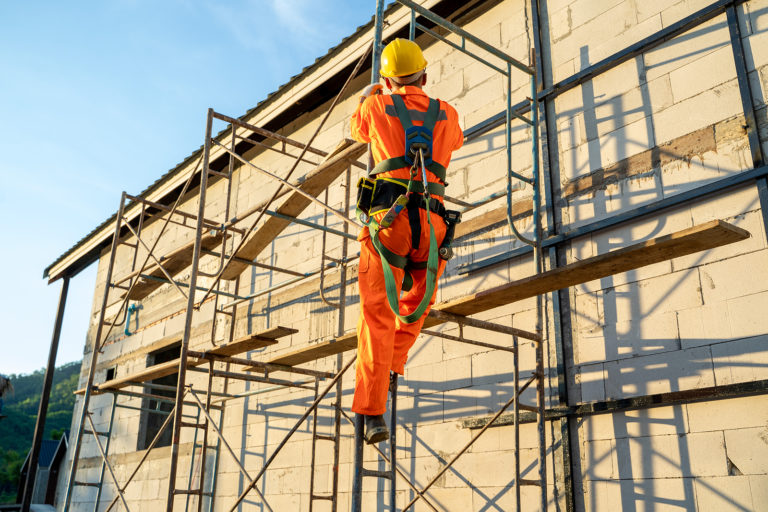New Mexico Construction Site Smart Fall Protection Action Plan

According to the reports of the Bureau of Labor Statistics, over 1,000 construction site workers have lost their lives while on the job. Out of accidents that involve falls, around 40% have ended up with fatalities. These accidents take place due to few common reasons, such as human error, improper use of fall protection equipment, and unstable work conditions. This is where all construction site owners and manager should implement appropriate safety measures. Safety nets, arrest systems, travel restriction systems, and safety covers are few such safety measures available to implement.
Fall Protection Requirements implemented by OSHA
If you are managing a construction site, you need to make sure that proper safety mechanisms are available for workers who work at heights. This is where you should strictly adhere to the fall protection requirements implemented by OSHA.
According to OSHA, you must adhere to these measures when people work at elevations above four feet within general industry workplaces. The height is extended up to five feet, six feet, and eight feet in shipyards, construction sites, and longshoring operations accordingly. You should also equip the construction site workers with proper fall protection equipment when they work with dangerous machinery and equipment. This needs to be done without considering the fall distance.
8-Step approach implemented by OSHA for fall protection
- Make sure that all working structures are safe structurally
You must double check the structural integrity of the working structures at your workplace. They should provide sufficient support for the workers and their equipment as well. You should only allow the workers to access places if they are structurally safe
- Conduct regular assessments on fall hazards
You need to regularly conduct assessments on fall hazards. If you come across any hazard during these inspections, you need to take immediate corrective measures. Based on that, you should decide the fall and resume methods and training needs as well.
- Overcome the need for fall protection
It is better if you can redesign the nature of the job, so that you don’t really need to use fall protection measures. For example, it is possible to use tool extensions and get work done from the ground.
- Select the best fall protection system
You must select a fall protection system based on the nature of work. You should be in a position to practically implement it and get maximum protection.
- Implement appropriate rescue procedures
When a fall accident happens, you need to have a prompt rescue plan in place. Likewise, the employees who work at higher elevations should be aware of the fall hazards and rescue plans in place. Then they will be able to use their knowledge to rescue on their own. Make sure that you have a proper plan to rescue a person within six minutes.
- Implement an equipment inspection program
There should be a proper program in place for equipment inspection. As a part of this program, you should also pay attention to equipment storage and equipment maintenance.
- Offer fall protection training
All employees who have to work at higher elevations should receive fall protection training. Then they will be able to stay aware and overcome injuries that take place at the job.
- Continuously monitor the fall protection program
It is better if you can go through the fall protection program regularly and confirm whether it is effective. If any changes are needed, you should promptly attend to them.
Final words
Fall accidents are quite common in workplaces. Make sure that you adhere to these OSHA standards and implement appropriate measures in place. Then you can reduce the likelihood of such accidents and fatalities they can create.
